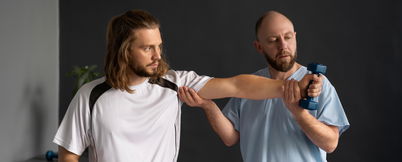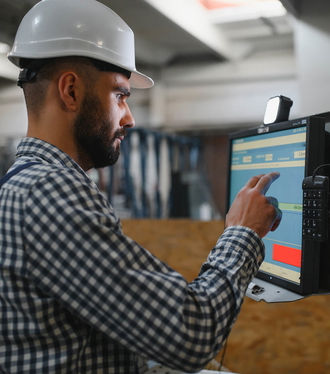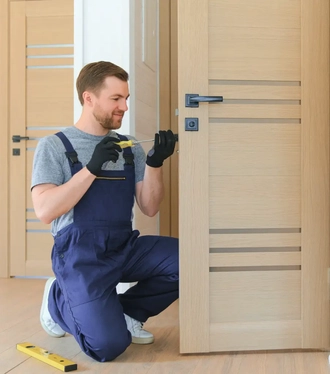Overview
PhysioOutcomes is a leading provider of musculoskeletal (MSK) recovery solutions, helping healthcare providers and employers improve patient outcomes. However, fragmented processes and limited engagement tools made it difficult to personalize care, monitor progress, and drive therapy adherence effectively.
To transform patient recovery, PhysioOutcomes partnered with us to build an AI-powered, HIPAA-compliant platform that automates patient engagement, streamlines provider workflows, and delivers real-time insights. By integrating intelligent automation and proactive monitoring, we empowered them to enhance recovery experiences, optimize costs, and scale their impact across the healthcare ecosystem.
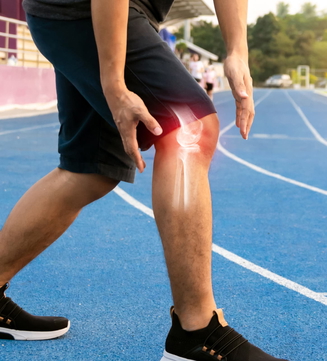
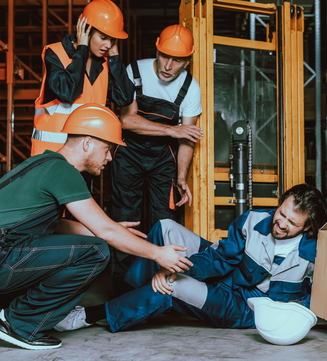
Services
We identified technological, emotional, and educational challenges in the prevention and treatment of MSK injuries. After extensive research and multiple sessions with stakeholders, the Rapidops team came up with a deep understanding of patients’ and doctors’ pain points, journeys, and expectations. We found that patients' behaviors can be improved with continuous education, engagement, and personalized connection with their providers in a friendly setting. On the other hand, while providers wanted to help patients personally, they had to be productive to help more patients; hence, they could not manually engage with each patient.
With insights into what the end-user needs and PhysioOutcomes wants to achieve, we defined the platform opportunity, user expectations, and overall execution strategy.
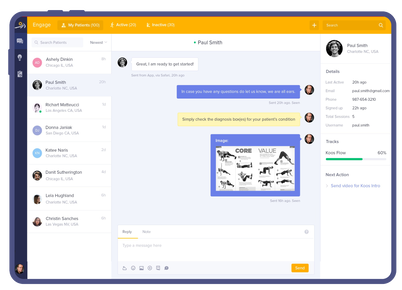
Engineering Breakthroughs
PhysioOutcomes wanted to offer this platform to many providers using the Software-as-a-Service (SaaS) model, and it was also planning to launch more add-ons and apps on the same platform. The platform also had to be HIPAA-ready from day-0, and it must offer an extensive library of pre-built content for each MSK condition - HD videos, images, surveys, and more that providers can instantly use.
Rapidops's engineering team developed a cloud-native and multi-tenant platform architecture. We implemented many patterns such as microservices, API-first, Content Delivery Network (CDN), containerization to make the platform scalable, reliable, and extendable. We carefully picked the modern tech stack that is fast, agile, cost-effective, and aligned with the core platform needs.
Automating End-to-end Patient Journey
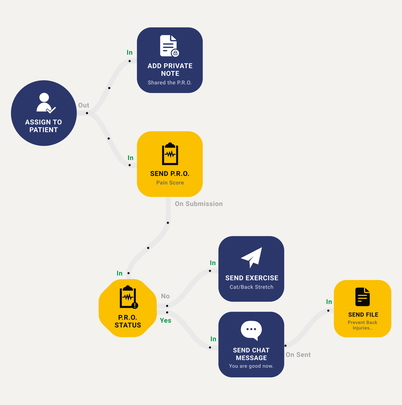
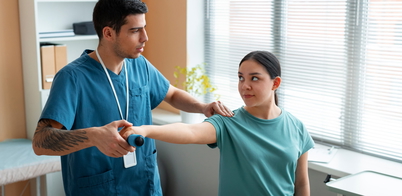
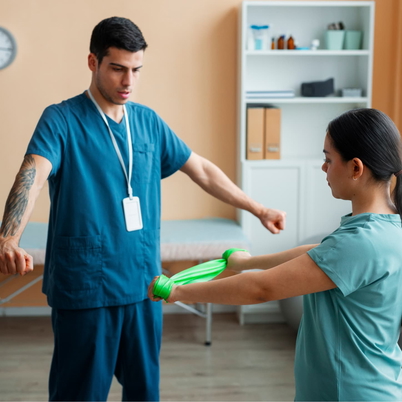
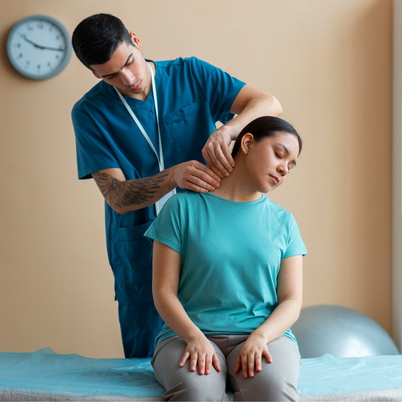
Rapidops has enabled our patients to receive their care and stay connected with their providers anywhere and anytime from our outstanding mobile app.
John Paul
Founder, PhysioOutcomes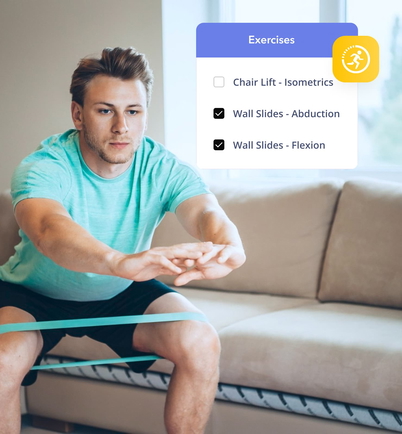

Impact
In the first six months, the internet-enhanced home physical therapy platform has helped orthopedic surgeons, physical therapists, and athletic trainers serve thousands of patients and facilitate their faster recovery. We received rave reviews from each patient. PhysioOutcomes is continuously rolling out this platform to clinics and therapists, and we continue to make it the best connected care platform out there.
2000+
Patients served so far
70%
Increase in engagement
50%
Faster recovery
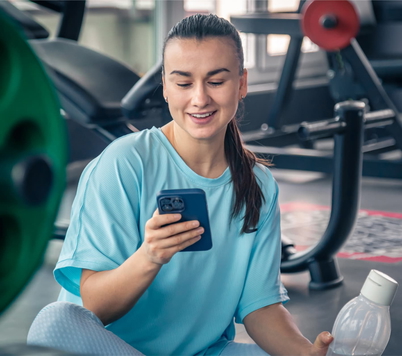
More Stories
